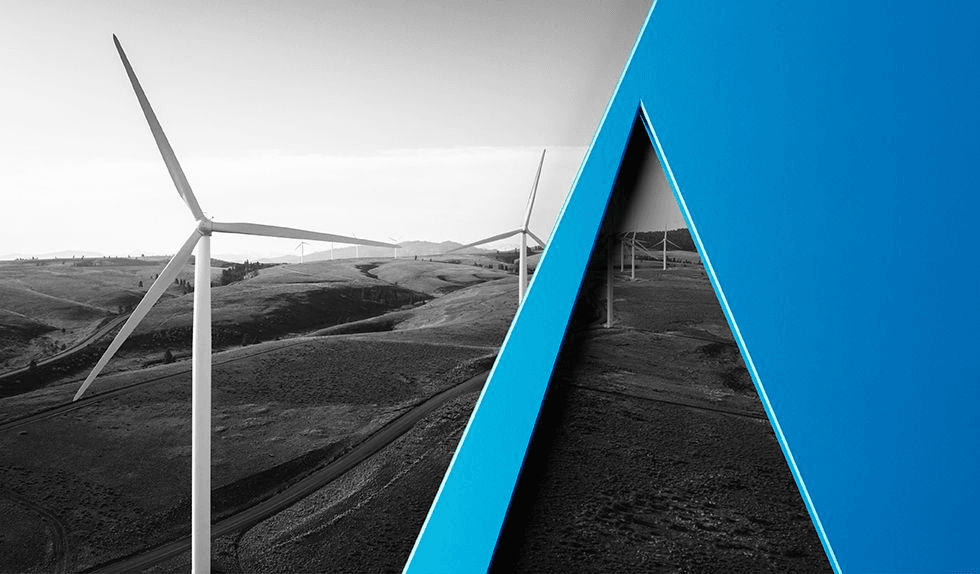Energy industry watchers are waiting to see whether environmental or industry groups will appeal a pair of decisions issued by the Federal Energy Regulatory Commission (FERC) on April 21, 2023, that addressed the impacts of two proposed liquefied natural gas (LNG) export terminal authorizations on environmental justice communities within the projects’ vicinities. In Texas LNG Brownsville LLC (“Texas LNG”) and Rio Grande LNG, LLC (“Rio Grande”), FERC for the first time conditioned a Natural Gas Act (NGA) section 3 authorization on the implementation of mechanisms specifically designed to protect nearby environmental justice communities. The conditions include ongoing air quality monitoring and mitigation during terminal construction and operation to be coordinated amongst and between the two project developers with LNG terminals to be situated around Brownsville, Texas. At FERC’s open meeting announcing the orders, Acting Chairman Willie Phillips proclaimed that the condition marked the first time that FERC was “requiring that the project sponsors ensure that the overlapping construction and operation of [their] project[s] do not cause any significant air quality impacts on environmental justice communities.” Another nod to environmental justice communities was a new requirement that the projects update their Emergency Response Plans to protect nearby communities, to include, among other things, training materials in English and Spanish. The decisions came just under a month after FERC held its first Technical Conference on Environmental Justice and Equity in Infrastructure Permitting. FERC is taking comments on that technical conference through May 15, 2023, in Docket No. AD23-5-000.
The chances that the projects will be subject to further litigation stem in part from the origins of last months’ decisions. The projects’ initial authorizations, granted by FERC in 2019, resulted in an August 2021 decision by the United States Court of Appeals for the District of Columbia Circuit (“D.C. Circuit”) remanding the orders back to FERC on two narrow grounds. The court ordered FERC to better explain: (1) whether a specific National Environmental Policy Act (NEPA) regulation required it adopt a more fulsome analysis of the projects’ climate change impacts; and (2) why its analysis of the projects’ cumulative impacts on environmental justice communities was limited to a two-mile radius when FERC had found that environmental effects related to air quality would extend out 50 kilometers. In addition, with the support from these updated analyses, FERC was ordered to revisit its public interest determination for the terminal facilities under NGA section 3, as well as its analysis under NGA section 7 for a pipeline FERC authorized in Rio Grande to serve that particular terminal project. Commissioner Allison Clements dissented in Texas LNG and Rio Grande on grounds that the court’s decision necessitated that FERC engage in a deeper NEPA review, including preparation of a supplemental Environmental Impact Statement (EIS) available for public comment by the impacted environmental justice communities that were identified by FERC following the court’s remand.
If the orders are challenged again by environmental groups, it is likely to be on NEPA grounds. Similarly, the project sponsors may consider litigation over whether FERC has authority to require the air quality monitoring and mitigation as a certificate condition, or whether that role belongs with the state agencies implementing the Clean Air Act. Indeed, Acting Chairman Phillips’ concurrences referenced the new conditions as “unprecedented.”
Environmental justice impacts, and how they are addressed through NEPA processes, likely are to remain an issue for consideration by FERC and its sister energy and environmental permitting agencies. On the same day FERC published Texas LNG and Rio Grande, President Biden issued Executive Order (EO) 14096, “Revitalizing Our Nation's Commitment to Environmental Justice for All.” The EO expands upon prior environmental justice and equity EOs issued by President Biden, including 13985 issued on January 20, 2021, 14008 issued on January 27, 2021, and EO 12898, the first executive order on environmental justice signed in 1994 by President Clinton. It asks each federal agency to “make achieving environmental justice part of its missions,” including through NEPA by providing “opportunities for early and meaningful involvement in the environmental review process by communities with environmental justice concerns potentially affected by a proposed action.” As an independent agency, FERC typically has viewed itself as not being subject to executive order edicts. While much of EO 14096 may be inapplicable to FERC as an independent agency, FERC is likely to take note of the emphasis on NEPA as a framework for community input in agency decision-making, and the EO may provide additional fodder for parties challenging FERC infrastructure permitting decisions.



